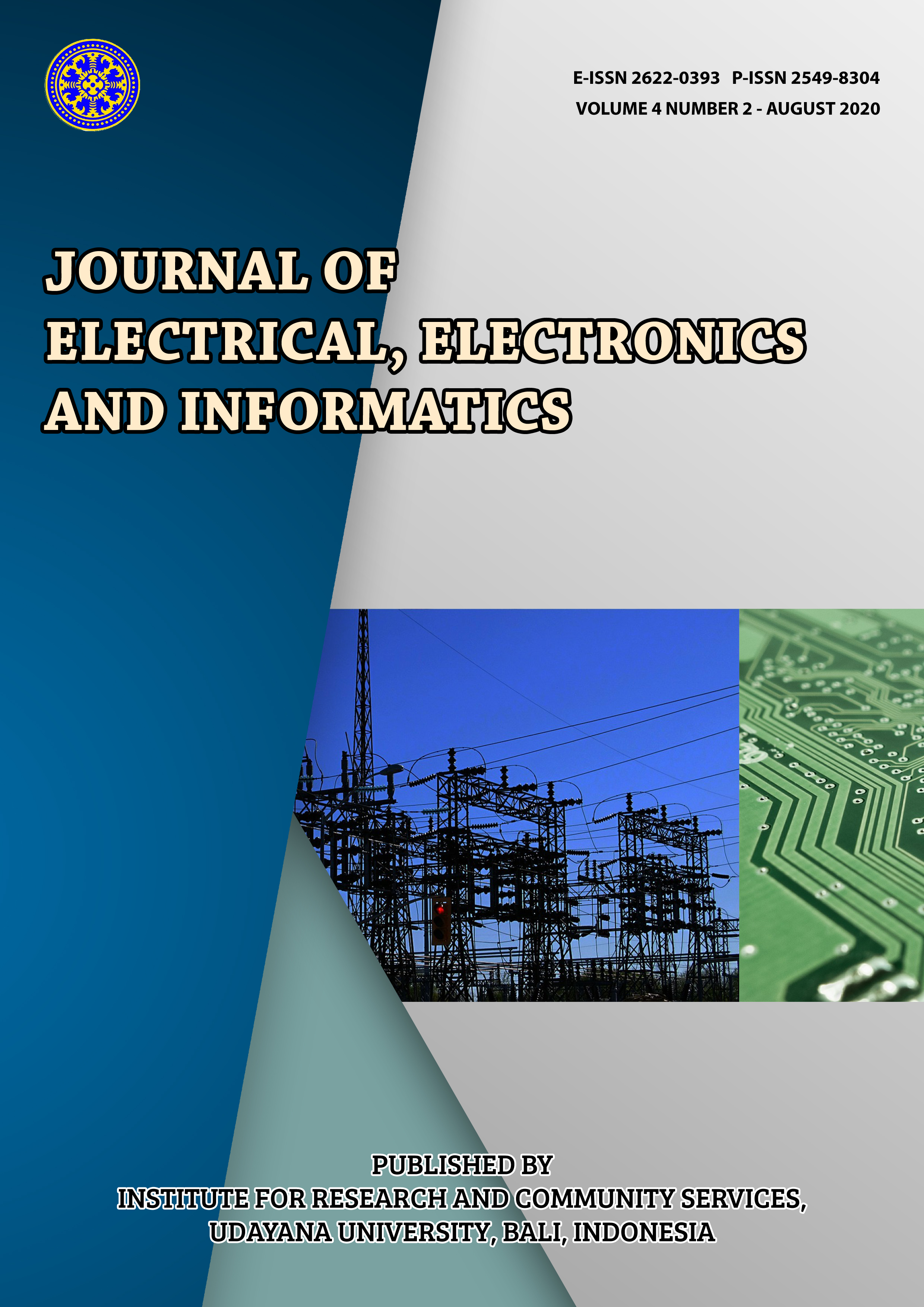Knowledge Management Systems Analysis and Planning for Employees Recruitment and Training
Abstract
The development of science in the era of globalization is happening so quickly. The ability of humans to develop a variety of science (knowledge) is getting better with the tacit and explicit knowledge. From this development both tacit and explicit knowledge can be combined and varied to a Knowledge Management System. PT SCF (Limited) Palembang branch is a company engaged in the field of inspection and certification services. The problem faced by this company is that the process and media for sharing and transferring knowledge between colleagues is still small and not yet entrenched. This condition makes the company less effective in terms of producing and disseminating knowledge to staff quickly and accurately. Documentation of daily activities and routines are not carried out in a planned and integrated manner. Each department carries out its own activities in its own way, for example storing documentation on a CD, as well as a piece of paper. So the authors are interested in analyzing and designing Web Knowledge Management System. The method used is the object analysis and design method. While the tools for modeling using Unified Modeling Language (UML). The results obtained are a prototype web Knowledge Management System (KMS) that can be a media of information and knowledge sharing related to employee acceptance and training
Downloads
References
[2] L. A. Abdillah, "Perancangan basisdata sistem informasi penggajian," Jurnal Ilmiah MATRIK, vol. 8, pp. 135-152, Agustus 2006.
[3] I. Nawawi, Manajemen Pengetahuan (Knowledge Management). Bogor: Ghalia Indonesia, 2012.
[4] L. A. Abdillah, "Managing information and knowledge sharing cultures in higher educations institutions," in The 11th International Research Conference on Quality, Innovation, and Knowledge Management (QIK2014), The Trans Luxury Hotel, Bandung, Indonesia, 2014.
[5] L. A. Abdillah, "Sistem informasi honorarium mengajar (SIHoM) pada STMIK Bina Darma Palembang," Jurnal Ilmiah MATRIK, vol. 4, pp. 1-18, April 2002.
[6] S. S. Putri and T. H. Pangaribuan, "Knowledge Management System: Knowledge Sharing Culture di Dinas Sosial Provinsi DKI Jakarta," in Seminar Nasional Aplikasi Teknologi Informasi (SNATI2009), Yogyakarta, 2009.
[7] D. A. WP and M. Purwaningsih, "Strategi Penyusunan Knowledge Management pada Perusahaan BUMN PT XYZ Persero," Journal TICOM (Technology of Information and Communication), vol. 1, pp. 49-58, 2012.
[8] I. Nonaka, "A dynamic theory of organizational knowledge creation," Organization science, vol. 5, pp. 14-37, 1994.
[9] P. Meso and R. Smith, "A resource-based view of organizational knowledge management systems," Journal of Knowledge Management, vol. 4, pp. 224-234, 2000.
[10] B. Hariyanto, "Rekayasa Sistem Berorientasi Objek," Bandung: Informatika, 2004.
[11] G. Booch, R. A. Maksimchuk, M. W. Engle, B. J. Young, J. Conallen, and K. A. Houston, Object-Oriented Analysis and Design with Applications, Third ed. Boston, MA, USA: Pearson Education, Inc., 2007.
[12] L. A. Abdillah. (2009). Object Oriented Programming. Available: http://blog.binadarma.ac.id/mleonaa/2009/06/26/oop/
[13] J. Erickson and K. Siau, "Theoretical and practical complexity of modeling methods," Communications of the ACM, vol. 50, pp. 46-51, 2007.
[14] L. A. Abdillah, Sistem Basis Data Lanjut I: Membangun Sistem Basis Data. Palembang: Pusat Penerbitan dan Percetakan Universitas Bina Darma, 2003.
[15] M. Purnama and A. Budihardjo, "Peran budaya pembelajaran dan knowledge management terhadap kinerja perusahaan: studi kasus PT XYZ," International Research Journal of Business Studies (IRJBS), vol. 1, 2009.
[16] I. Husni, "Sistem Informasi Pendukung Keputusan pada Seleksi Penerimaan Pegawai Menggunakan Metode Analytical Hierarchy Process (AHP)," Jurnal Dinamika Informatika, vol. 2, 2010.
[17] M. Thite, "Strategic positioning of HRM in knowledge‐based organizations," The Learning Organization, vol. 11, pp. 28-44, 2004.
[18] I. Svetlik and E. Stavrou-Costea, "Connecting human resources management and knowledge management," International Journal of Manpower, vol. 28, pp. 197-206, 2007.
[19] E. Kong and S. B. Thomson, "An intellectual capital perspective of human resource strategies and practices," Knowledge Management Research & Practice, vol. 7, pp. 356-364, 2009.
[20] E. Prasetyo, L. E. Nugroho, and M. N. Aji, "Perancangan Data Warehouse Sistem Informasi Eksekutif untuk Data Akademik Program Studi," Jurnal Nasional Teknik Elektro dan Teknologi Informasi (JNTETI), vol. 1, 2012.
[21] J. Lemantara, N. A. Setiawan, and M. N. Aji, "Rancang Bangun Sistem Pendukung Keputusan Pemilihan Mahasiswa Berprestasi Menggunakan Metode AHP dan Promethee," Jurnal Nasional Teknik Elektro dan Teknologi Informasi (JNTETI), vol. 2, 2013.
[22] M. Sigala and K. Chalkiti, "Knowledge management, social media and employee creativity," International Journal of Hospitality Management, vol. 45, pp. 44-58, 2015.
[23] G. Parry and A. Graves, "The importance of knowledge management for ERP systems," International Journal of Logistics: Research and Applications, vol. 11, pp. 427-441, 2008.

This work is licensed under a Creative Commons Attribution-ShareAlike 4.0 International License.











